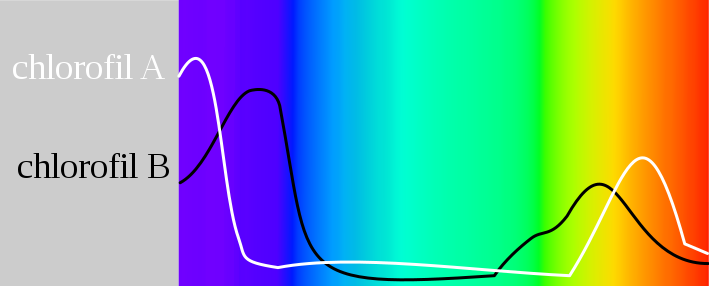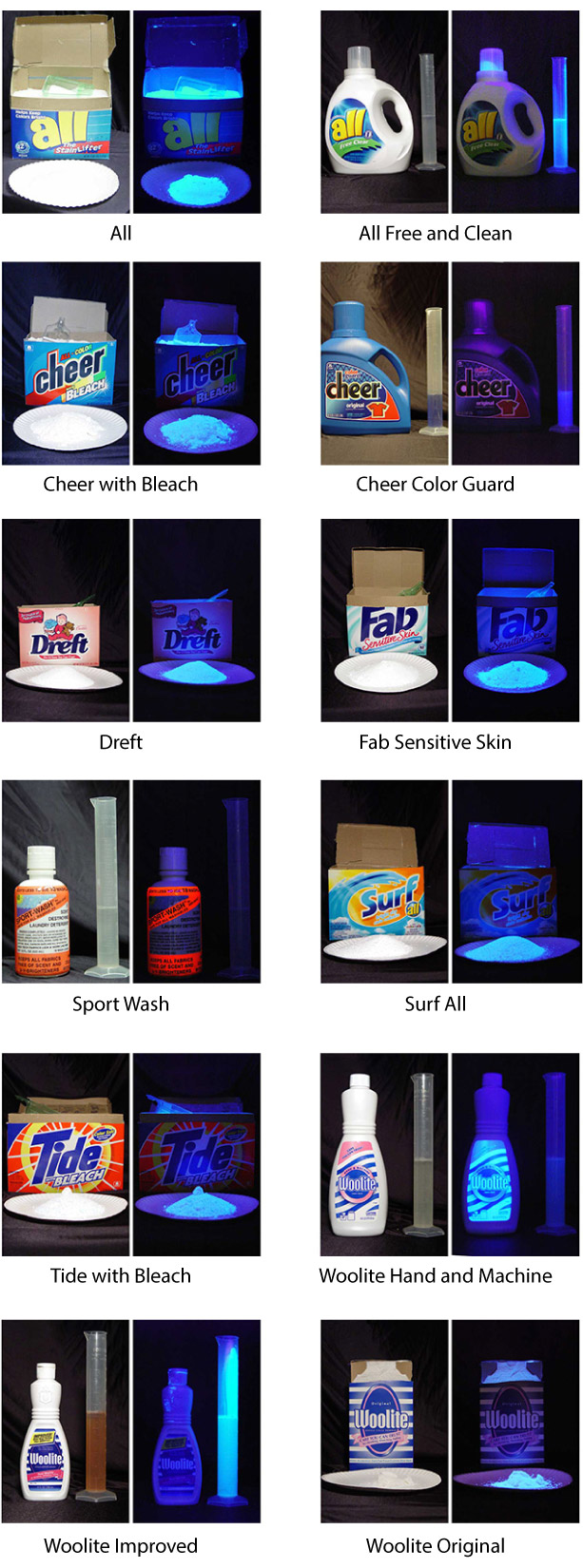- Joined
- Feb 21, 2018
- Messages
- 3
- Points
- 0
Hi, all,
I'm not a laser enthusiast as many of you are but I'm interested in using them for a project. I am a (real) scientist attempting to conduct a vision study with animals and want to use lasers as a sort of vision-only obstacle course. We're using 532 nm because we know that is in the range of what these animals can see (blue/violet is a possibility; red is out). For this to work, the beam needs to be visible in the dark. I've just tested out a 50 mW laser and the beam is weak and barely visible even to me. Is the solution to increase power? I am concerned about the safety of eyes and skin for the animals, so am worried about lasers strong enough to light matches and pop balloons. Does anyone have any suggestions for increasing beam perceptibility? I've considered smoke/fog, but there is a lot of sensitive equipment in the room that might suffer damage.
I'm not a laser enthusiast as many of you are but I'm interested in using them for a project. I am a (real) scientist attempting to conduct a vision study with animals and want to use lasers as a sort of vision-only obstacle course. We're using 532 nm because we know that is in the range of what these animals can see (blue/violet is a possibility; red is out). For this to work, the beam needs to be visible in the dark. I've just tested out a 50 mW laser and the beam is weak and barely visible even to me. Is the solution to increase power? I am concerned about the safety of eyes and skin for the animals, so am worried about lasers strong enough to light matches and pop balloons. Does anyone have any suggestions for increasing beam perceptibility? I've considered smoke/fog, but there is a lot of sensitive equipment in the room that might suffer damage.








